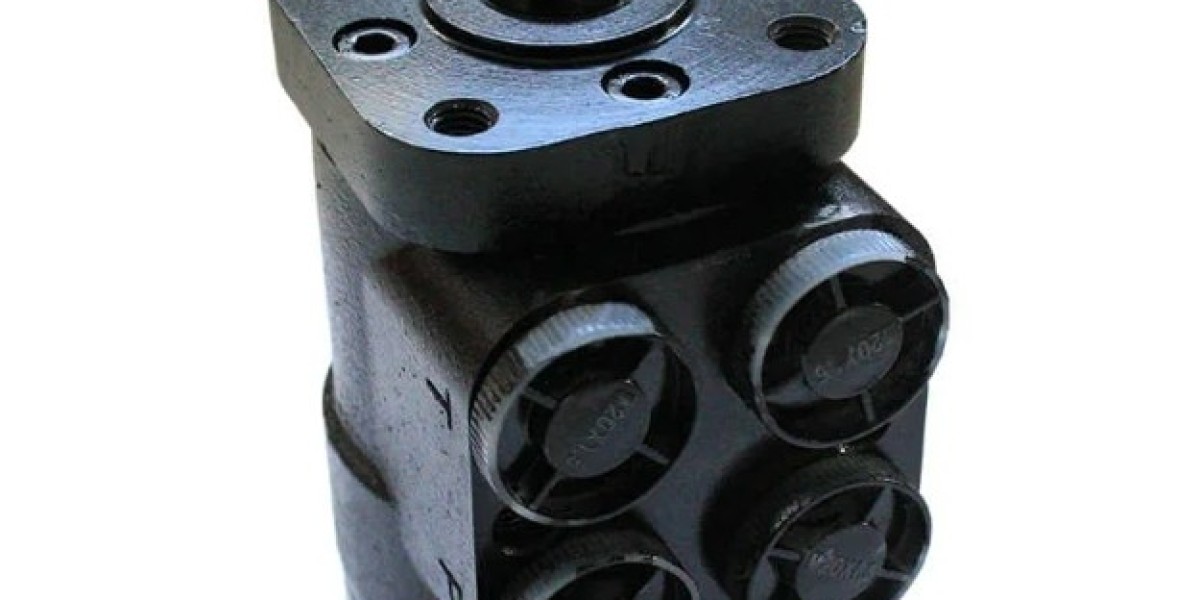Cancer remains one of the most challenging diseases worldwide, not only because of its complexity but also due to the diversity of cell types that make up a tumor. Understanding these cellular differences is crucial for developing targeted therapies and improving patient outcomes. This is where Laser Capture Microdissection (LCM) is proving to be a true game-changer in cancer research, enabling scientists to isolate and analyze specific cells from heterogeneous tumor samples with unprecedented precision.
What Is Laser Capture Microdissection?
At its core, Laser Capture Microdissection is a technology that allows researchers to selectively cut and extract cells from tissue samples using a finely focused laser beam. Unlike traditional methods that analyze whole tissue sections, LCM lets scientists isolate individual cells or small clusters of cells that are relevant to their study, whether those are cancer cells, stromal cells, or immune cells within the tumor microenvironment.
This precision is critical because tumors are not uniform. They often consist of a mix of cancerous and non-cancerous cells that interact in complex ways. Analyzing the entire tissue without separation can mask the unique molecular signatures of each cell type, making it difficult to identify therapeutic targets.
How LCM Enhances Tumor Analysis
Pure Sample Isolation:
LCM provides pure populations of cells, reducing contamination from unwanted tissue. This purity is essential when performing molecular analyses like DNA sequencing, RNA profiling, or protein expression studies. Researchers can confidently attribute their findings to specific cell types, which improves the accuracy of their conclusions.Unlocking Tumor Heterogeneity:
Tumor heterogeneity—the presence of different cell populations within a tumor—is a major reason why some cancers resist treatment. By isolating distinct subpopulations, LCM enables scientists to explore how each cell type contributes to tumor growth, metastasis, and drug resistance. This understanding can inform the development of therapies tailored to target resistant cell populations.Advancing Precision Medicine:
In personalized cancer treatment, knowing the exact genetic mutations and molecular characteristics of a patient’s tumor cells is vital. LCM helps generate precise molecular profiles by providing clean samples from biopsies or surgical specimens. This information guides oncologists in selecting therapies that are more likely to be effective for individual patients.Facilitating Biomarker Discovery:
Identifying biomarkers that predict disease progression or response to therapy is a major focus of cancer research. LCM enables researchers to isolate cells expressing potential biomarkers and study their role in the disease process, accelerating biomarker discovery and validation.
Real-World Applications and Success Stories
One notable success story comes from studies on breast cancer, where LCM was used to isolate cancer stem cells—a rare but aggressive subset within tumors. Researchers found unique gene expression patterns in these cells that were previously undetectable in bulk tissue analysis. This discovery opened new pathways for targeted treatments aiming to eradicate cancer at its root.
In brain tumors, LCM has allowed scientists to separate tumor cells from surrounding healthy brain tissue, facilitating detailed genetic analysis and helping to design treatments that spare healthy neurons while attacking malignant cells.
Challenges and Future Directions
While LCM is a powerful tool, it requires specialized equipment and technical expertise. The process can be time-consuming, and maintaining RNA or protein integrity during sample preparation is critical. However, ongoing innovations are making LCM more user-friendly, faster, and more compatible with high-throughput sequencing technologies.
Looking ahead, integrating LCM with artificial intelligence (AI) and machine learning promises to further revolutionize cancer research. AI-driven image analysis can help identify target cells more quickly and accurately, automating parts of the microdissection process and enhancing reproducibility.
Conclusion
Laser Capture Microdissection has transformed the way researchers study tumors by providing a window into the cellular diversity that drives cancer progression. Its ability to isolate pure cell populations enables more precise molecular analysis, which is fundamental for advancing personalized medicine and discovering new biomarkers.
Cancer remains one of the most challenging diseases worldwide, not only because of its complexity but also due to the diversity of cell types that make up a tumor. Understanding these cellular differences is crucial for developing targeted therapies and improving patient outcomes. This is where Laser Capture Microdissection (LCM) is proving to be a true game-changer in cancer research, enabling scientists to isolate and analyze specific cells from heterogeneous tumor samples with unprecedented precision.
What Is Laser Capture Microdissection?
At its core, Laser Capture Microdissection is a technology that allows researchers to selectively cut and extract cells from tissue samples using a finely focused laser beam. Unlike traditional methods that analyze whole tissue sections, LCM lets scientists isolate individual cells or small clusters of cells that are relevant to their study, whether those are cancer cells, stromal cells, or immune cells within the tumor microenvironment.
This precision is critical because tumors are not uniform. They often consist of a mix of cancerous and non-cancerous cells that interact in complex ways. Analyzing the entire tissue without separation can mask the unique molecular signatures of each cell type, making it difficult to identify therapeutic targets.
How LCM Enhances Tumor Analysis
Pure Sample Isolation:
LCM provides pure populations of cells, reducing contamination from unwanted tissue. This purity is essential when performing molecular analyses like DNA sequencing, RNA profiling, or protein expression studies. Researchers can confidently attribute their findings to specific cell types, which improves the accuracy of their conclusions.Unlocking Tumor Heterogeneity:
Tumor heterogeneity—the presence of different cell populations within a tumor—is a major reason why some cancers resist treatment. By isolating distinct subpopulations, LCM enables scientists to explore how each cell type contributes to tumor growth, metastasis, and drug resistance. This understanding can inform the development of therapies tailored to target resistant cell populations.Advancing Precision Medicine:
In personalized cancer treatment, knowing the exact genetic mutations and molecular characteristics of a patient’s tumor cells is vital. LCM helps generate precise molecular profiles by providing clean samples from biopsies or surgical specimens. This information guides oncologists in selecting therapies that are more likely to be effective for individual patients.Facilitating Biomarker Discovery:
Identifying biomarkers that predict disease progression or response to therapy is a major focus of cancer research. LCM enables researchers to isolate cells expressing potential biomarkers and study their role in the disease process, accelerating biomarker discovery and validation.
Real-World Applications and Success Stories
One notable success story comes from studies on breast cancer, where LCM was used to isolate cancer stem cells—a rare but aggressive subset within tumors. Researchers found unique gene expression patterns in these cells that were previously undetectable in bulk tissue analysis. This discovery opened new pathways for targeted treatments aiming to eradicate cancer at its root.
In brain tumors, LCM has allowed scientists to separate tumor cells from surrounding healthy brain tissue, facilitating detailed genetic analysis and helping to design treatments that spare healthy neurons while attacking malignant cells.
Challenges and Future Directions
While LCM is a powerful tool, it requires specialized equipment and technical expertise. The process can be time-consuming, and maintaining RNA or protein integrity during sample preparation is critical. However, ongoing innovations are making LCM more user-friendly, faster, and more compatible with high-throughput sequencing technologies.
Looking ahead, integrating LCM with artificial intelligence (AI) and machine learning promises to further revolutionize cancer research. AI-driven image analysis can help identify target cells more quickly and accurately, automating parts of the microdissection process and enhancing reproducibility.
Conclusion
Laser Capture Microdissection has transformed the way researchers study tumors by providing a window into the cellular diversity that drives cancer progression. Its ability to isolate pure cell populations enables more precise molecular analysis, which is fundamental for advancing personalized medicine and discovering new biomarkers.








